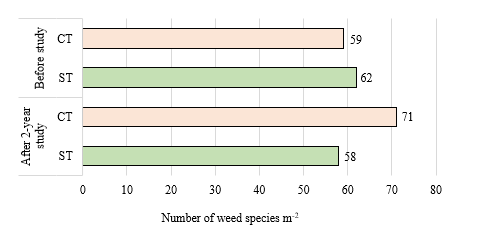Abstract
Colorectal cancer (CRC) is one of the most common malignant tumors.
There are many risk factors involved in CRC. According to recent
findings,#Fusobacterium nucleatum (F. nucleaum) are closely related to
the progression of CRC. Studies have found that F. nucleaum may
contribute to the development and #prognosis of inflammation and CRC. The
factors of the #pathogenicity of F #nucleaum include its adhesion,
its metabolite butyric acid, the cell factor of the host, and so on.
Underlying mechanisms of F. nucleatum in CRC remain to be established.#Colorectal cancer (CRC) is one of the most common malignant tumors [1].
Intestinal microorganisms can affect the development of intestinal
tumors by regulating the proliferation and differentiation of intestinal
epithelial cells, providing nutrition, participating in #angiogenesis and apoptosis [2-6]. In recent years, more and more evidences have shown
that some #Fusobacterium, especially Fusobacterium nucleatum (F. nucleaum),
are closely related to the progression of CRC. F. nucleaum,
gram-negative obligate anaerobe, periodontal pathogenic bacteria, widely
exists in the dental plaque #biofilm, which plays an important role in
the formation, metabolism and succession of biofilm. F. nucleaum is invasive, adhesive and #proinflammatory, and has a high detection rate in oral and systemic infectious diseases [7].
For more articles on BJSTR Journal please click on https://biomedres.us/
For more Medical Genetics Articles on BJSTR
https://biomedres.us/fulltexts/BJSTR.MS.ID.001780.php
The Roles for Fusobacterium Nucleatum in Human Colorectal Carcinogenesis by Xiang li in BJSTR
For more Medical Genetics Articles on BJSTR
https://biomedres.us/fulltexts/BJSTR.MS.ID.001780.php
The Roles for Fusobacterium Nucleatum in Human Colorectal Carcinogenesis by Xiang li in BJSTR



No comments:
Post a Comment
Note: Only a member of this blog may post a comment.